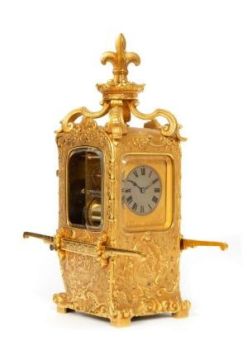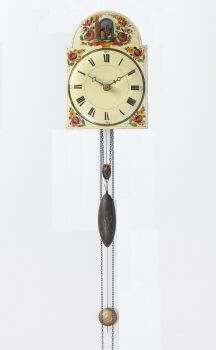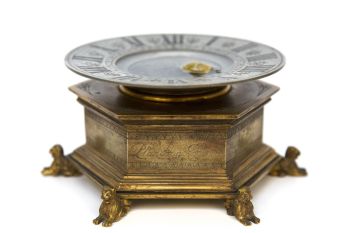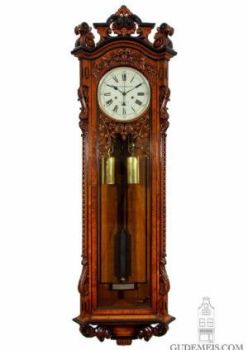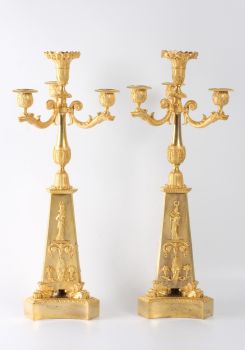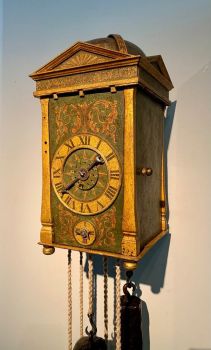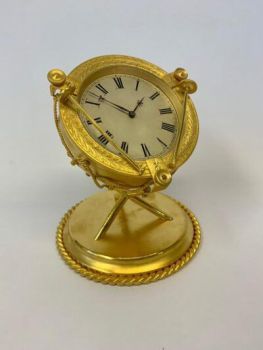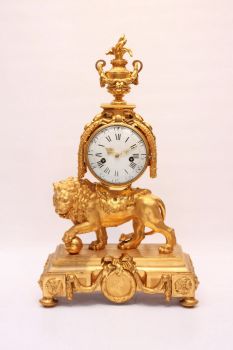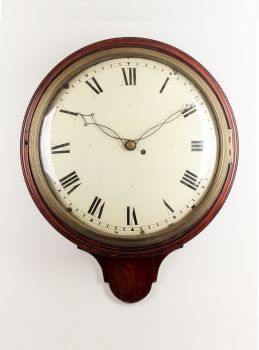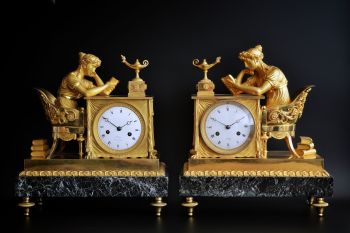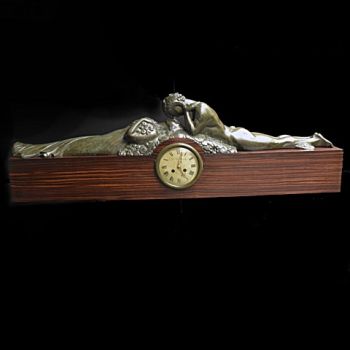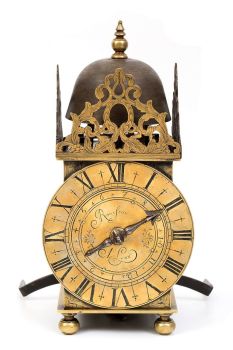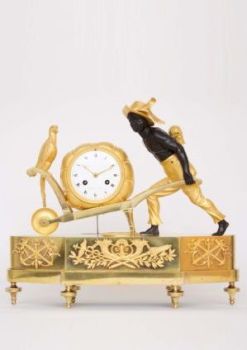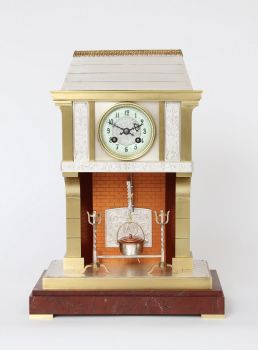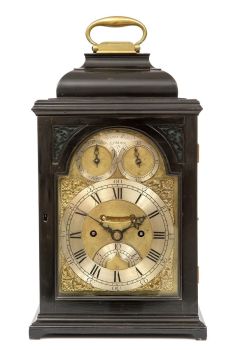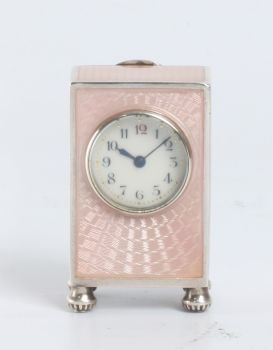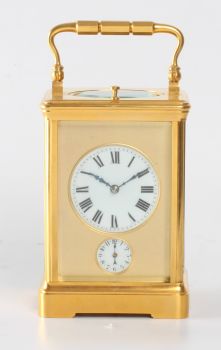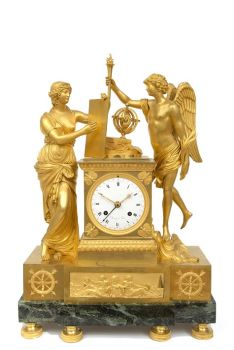Behind the Gallery: My Time with a Clockmaker
From an early age, the clockmaker and restoration specialist Joost Jongerius established himself as a foremost expert in The Netherlands. I had the pleasure of visiting Joost in his workshop and showroom in Wagenberg, The Netherlands. Here's the conversation that ensued.
Gallerease: Firstly, what got you into the business?
Joost Jongerius: I went to school at Schoonhoven, initially to become a goldsmith. But there was also a study direction for clock making there, and I decided that that was what I wanted to do.
This was at the age of 18, and so I chose that study and learned clock-making and became a restorer. I learned the craft over the years, and over the years people come to you with clocks, some to sell and some to buy, and then you start building up your collection. There comes a moment when you don’t have enough space anymore (laughs).
G: Were either of your parents involved in craftsmanship?
JJ: Interestingly enough my father had been working on clocks, but I didn’t find out about it until much later, and then when I started to work for myself in 1999, he told me "if you ever have your own workshop, arrange a place for me."
So, after his retirement, he worked for me every Tuesday from 9-9. Working together was just great. My father was an engineer but in his free time he enjoyed working with clocks. He became a good restorer of course, once we worked together, and he made a lot of the tools I still use!
The interier of Joost's workshop in Wagenberg.
G: I can see you have a lot of tools in your workshop!
JJ: Yes, clock making is a complicated profession of course, there are many different tools you need to get the job done – and I use all of them! I have had years to collect these tools, and of course we are always on the lookout for more.
In the early afternoon our discussion paused, as a couple came to visit the showroom. I watched in admiration as Joost passionately described the pieces in his collection.
G: Tell me more about the restoration that takes place, what are you responsible for exactly?
JJ: We (at Joost Jongerius) provide the complete restoration. We ourselves do the movement and mechanics of the clock, and I have a complete team of restorers who do the other specialisms.
The carpenter is very important, I have worked with him for years, Jan Bolders. He repairs all the clock cases. He also restores the long-case clocks and the barometers. The restoration is very important because that is the look of the clock.
Then the caster, or someone to make the moulds, the engravings and also the gilding is very important. You need a complete team of people to get the job done. I have a great team, I know them and they know me, which is very important.
Main cabinet display in Joost's showroom.
Joost then provides me with a brief history lesson, when asked where the majority of his clocks come from:
JJ: The main country in the production of clocks in the early times, as in the 16th century, was Germany. At that time Germany led clock making. Until the pendulum was invented by Christiaan Huygens in 1656, then there came a change in production, and changes to where the clocks were made, shifting primarily to Holland, France and England.
So in the second half of the 17th century it was less present in Germany and production increased in these other countries. As a result those three countres have been the most significant in the production of the 18th and 19th century clocks. All different types of clocks. Of course outside of these three countries you find clocks, such as Belgium, Austria, Switzerland, Czechoslovakia and Italy of course ... but not as much.
The oldest clock in the collection is the South-German Tabernacle Clock c.1575, and the second, also from Germany is a Turmchenuhr c.1580.
G: Any interesting stories or experiences in clock making that you would like to share?
JJ: Well I must say that for us it’s sometimes a surprise when you receive a clock and discover a complication that you didn’t expect, or didn’t immediately recognize.
All the clocks are unique, of course there is a lot in common, but as there were so many different people making them, there’s a lot of variations in the way that they are formed or made. I like that very much - it’s never boring.
Every time you take a clock apart you are always curious to see what's inside. Something new or different, and that is very attractive to me.
When asked what his personal favourite is, Joost doesn’t hesitate before pointing to the early Dutch ‘Haagse klokje’ from Lubartus van der Burgh, The Hague.
“This is the earliest Dutch pendulum clock that I have, and it was made shortly after the invention of the pendulum in 1656. It's often the history of the clock that makes it very special. Also the Comtoise clock from the Mayet family in France, that is very interesting. Although there are so many clocks and of course I like them all... every clock has its own specifications that makes them special for me."
Joost Jongerius also takes his profession abroad. These exceptional pieces, some large and some small, have a way of ending up in the most interesting places. Just last year Joost traveled to Washington to restore an Amsterdam longcase clock. Joost enjoys these opportunities, stating, "it’s a nice adventure to restore abroad, or to receive the parts and deliver them. I look forward to more opportunities to do so."
To have a look at the available collection of antique clocks at Gallerease, please have a look here!







